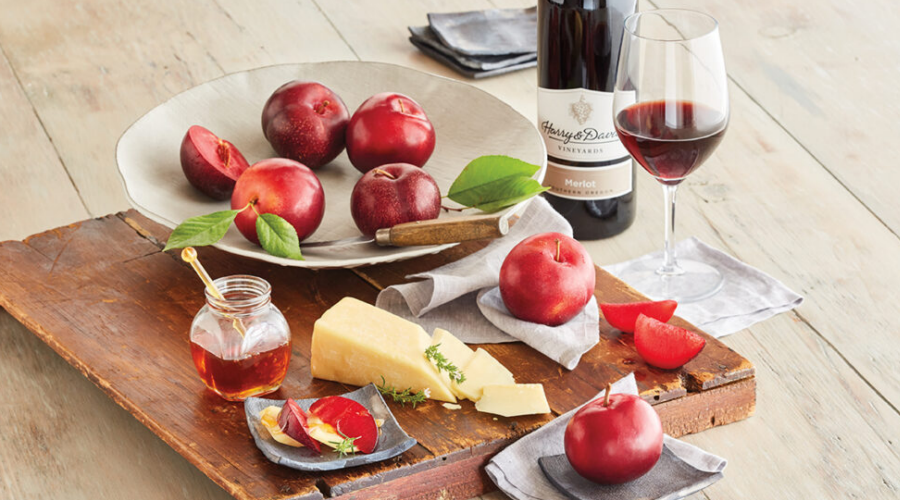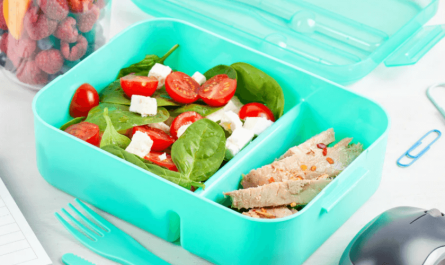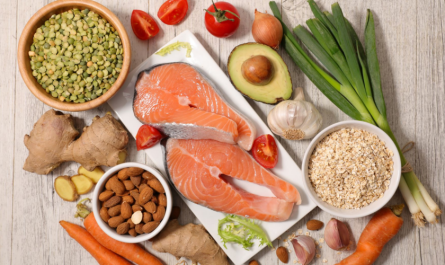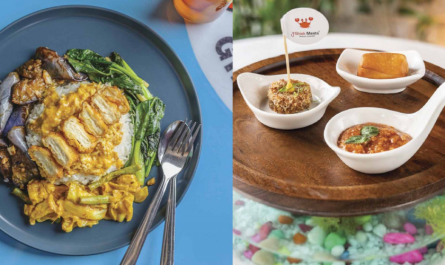Nothing elevates a gathering like a thoughtfully curated wine and cheese board. Pairing wine and cheese is an art, bringing out subtle flavours that enhance both components. Whether you’re planning an intimate dinner or a festive soirée, the right wine and cheese combinations will impress your guests and create a memorable experience. Here’s your guide to top wine and cheese pairings that will take your next gathering to the next level.
1. Cabernet Sauvignon and Aged Cheddar
Cabernet Sauvignon is a bold, full-bodied red with strong tannins that pair beautifully with aged cheddar. The sharp, nutty flavours of cheddar balance out the Cabernet’s rich, tannic profile, creating a smooth, harmonious pairing.
Why It Works:
- Intensity Match: Both are bold, so neither one overwhelms the other.
- Complementary Flavours: The creaminess of cheddar softens the tannins in Cabernet, creating a balanced taste.
Serve With: Fresh berries, nuts, and crusty bread for added textures.
2. Sauvignon Blanc and Goat Cheese
Sauvignon Blanc’s crisp, citrusy notes pair well with the tangy, creamy texture of goat cheese. This classic combination is especially refreshing and light, perfect for warm-weather gatherings or as a starter.
Why It Works:
- Acidity Harmony: The acidity in both Sauvignon Blanc and goat cheese complements each other perfectly.
- Flavour Contrast: The herbal notes of Sauvignon Blanc enhance the grassy, earthy flavours in goat cheese.
Serve With: Fresh herbs, olive oil drizzle, and crostini.
3. Brie and Champagne
Brie is a soft, creamy cheese that works wonderfully with sparkling wines like Champagne. The effervescence of Champagne cuts through Brie’s richness, creating a luxurious experience for your palate.
Why It Works:
- Textural Contrast: The bubbly texture of Champagne balances the creamy softness of Brie.
- Flavour Balance: The mild, buttery taste of Brie complements the subtle sweetness and acidity of Champagne.
Serve With: Fresh grapes, strawberries, or a dab of fig jam for a sweet touch.
4. Merlot and Gouda
Merlot’s velvety, medium-bodied structure pairs nicely with gouda, especially aged varieties. The caramel and nutty flavours of gouda enhance Merlot’s fruit-forward notes, making this a crowd-pleasing choice.
Why It Works:
- Flavour Synergy: The fruity, smooth flavours of Merlot blend seamlessly with the caramel notes in gouda.
- Balance: The semi-hard texture of gouda pairs well with Merlot’s tannins without overpowering it.
Serve With: Apple slices, walnuts, and honey for extra sweetness.
5. Chardonnay and Gruyère
Chardonnay is a versatile wine that can pair with a range of cheeses, but Gruyère stands out. The nutty, slightly sweet flavours in Gruyère match well with the buttery richness of a lightly oaked Chardonnay.
Why It Works:
- Matching Creaminess: Both Chardonnay and Gruyère have a rich, creamy profile.
- Flavour Harmony: Gruyère’s nutty taste brings out the fruity and oak nuances in Chardonnay.
Serve With: Fresh pear slices and almonds to complement the flavours.
6. Pinot Noir and Swiss
Pinot Noir’s light body and red fruit flavours make it a great match for Swiss cheese. This combination is delicate, smooth, and very approachable, ideal for a wide range of palates.
Why It Works:
- Subtlety Match: Both are mild, allowing each flavour to shine without overpowering.
- Complementary Notes: Swiss cheese’s nuttiness enhances the earthy, fruity notes in Pinot Noir.
Serve With: Dried cherries, pecans, and baguette slices.
7. Port and Blue Cheese
Port is a sweet, fortified wine that pairs beautifully with the strong, pungent flavours of blue cheese. The saltiness of blue cheese contrasts with the sweetness of port, creating an intense, decadent pairing.
Why It Works:
- Flavour Contrast: The sweetness of port balances out the salty, bold flavours of blue cheese.
- Bold Profiles: Both port and blue cheese are intense, creating a pairing that stands out.
Serve with: honeycomb, dark chocolate, or figs for added sweetness.
8. Rosé and Feta
Rosé’s crisp, fruity profile pairs wonderfully with the tangy, salty taste of feta. This pairing is fresh and light, making it perfect for outdoor gatherings or summer get-togethers.
Why It Works:
- Acidity Balance: Rosé’s acidity complements the tanginess of feta.
- Freshness Match: Both have a refreshing, light quality, ideal for warm-weather pairings.
Serve With: Cucumber slices, olives, and watermelon for a Mediterranean-inspired spread.
9. Malbec and Manchego
Malbec’s deep, dark fruit flavours pair beautifully with the nutty, buttery taste of manchego. This Spanish-inspired pairing is bold and sophisticated, making it a great choice for those looking to impress.
Why It Works:
- Boldness Balance: Both are strong without overpowering each other.
- Flavour Enhancement: The fruitiness of Malbec brings out the aged, nutty flavours in manchego.
Serve With: Sun-dried tomatoes, almonds, and olives.
10. Zinfandel and Asiago
Zinfandel’s jammy, fruit-forward profile works well with the salty, firm texture of Asiago. This combination is unique, with Asiago’s sharpness balancing Zinfandel’s slight sweetness.
Why It Works:
- Flavour Complexity: The sweet and spicy notes of Zinfandel complement Asiago’s sharp, salty flavours.
- Texture Balance: Asiago’s firm texture stands up well to the boldness of Zinfandel.
Serve With: Prosciutto, roasted red peppers, and crusty bread.
Tips for the Perfect Wine and Cheese Pairing Experience
- Mix Textures: Choose cheeses with different textures (soft, hard, creamy) to keep your board interesting.
- Consider Accompaniments: Add fruits, nuts, and breads that match the flavour profile of each pairing.
- Serve at the Right Temperature: Serve white wines chilled and red wines slightly below room temperature for the best flavour.
- Label Pairings: Place small signs by each cheese and wine pairing to help guests navigate the flavours.
Creating a wine and cheese board is all about balance and variety. With these pairings, your next gathering is sure to be a hit. Cheers to great flavours, wonderful company, and memorable moments!







